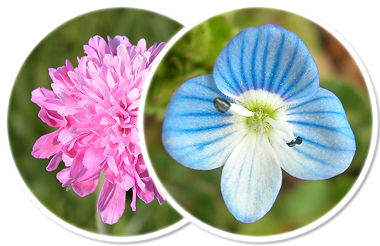|
Salix x salamonii (Carrière) Carrière
|
|
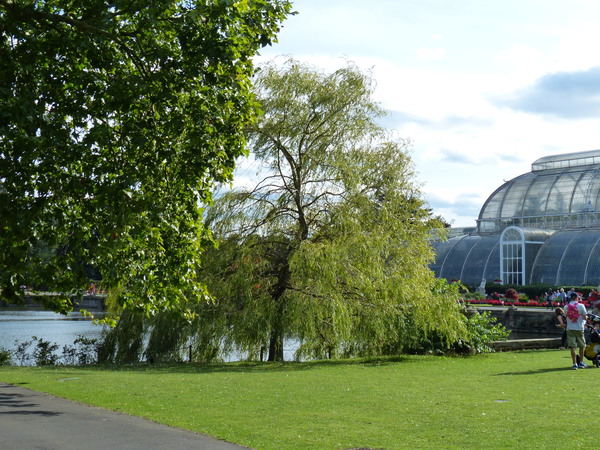
© Department of Life Sciences, University of Trieste
Andrea Moro
London Borough of Richmond upon Thames, Kew, Royal Botanic Gardens, Greater London, England, United Kingdom
19/08/2019
Distributed under CC BY-SA 4.0 license.
|
|
Il salice piangente è originario delle regioni temperate della Cina; ne è documentata la presenza in Italia a partire dal 1735. Viene impiegato in tutta Italia come albero ornamentale da piantare soprattutto al margine dei laghetti, dal livello del mare agli 800 m circa. La specie è stata a lungo chiamata S. babylonica L., un nome che allude ai salici citati nella Bibbia sulle rive di Babilonia, ma il salice piangente più diffuso in Europa è una cultivar creata da Späth (Berlino) nel 1888 con il nome di Salix vitellina pendula nova; nel 1908 Dode la rinominò 'Chrysocoma'. Nell'area urbana di Cividale la specie è coltivata a scopo ornamentale in parchi e giardini e non mostra alcuna tendenza ad apparire allo stato spontaneo. Il nome generico, di antico uso, è di origine incerta: forse deriva dal celtico 'sal lis' (presso l'acqua). Forma biologica: fanerofita scaposa. Periodo di fioritura: aprile-maggio. |
Nome italiano: (Italia).
|
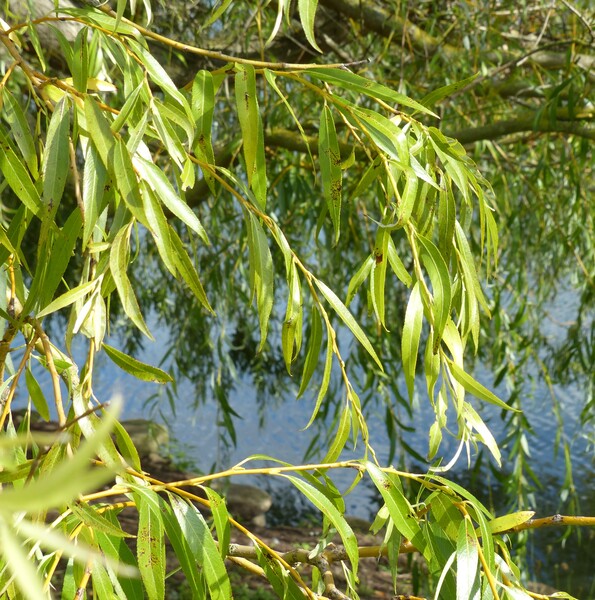
© Department of Life Sciences, University of Trieste
Andrea Moro
London Borough of Richmond upon Thames, Kew, Royal Botanic Gardens, Greater London, England, United Kingdom
19/08/2019
Distributed under CC BY-SA 4.0 license.
|
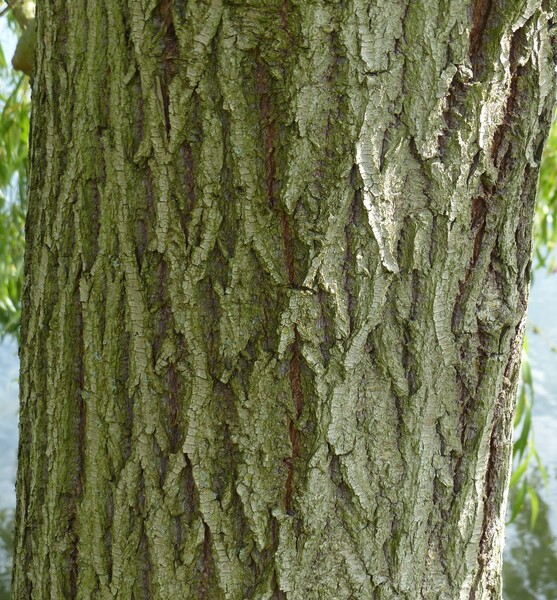
© Department of Life Sciences, University of Trieste
Andrea Moro
London Borough of Richmond upon Thames, Kew, Royal Botanic Gardens, Greater London, England, United Kingdom
19/08/2019
Distributed under CC BY-SA 4.0 license.
|
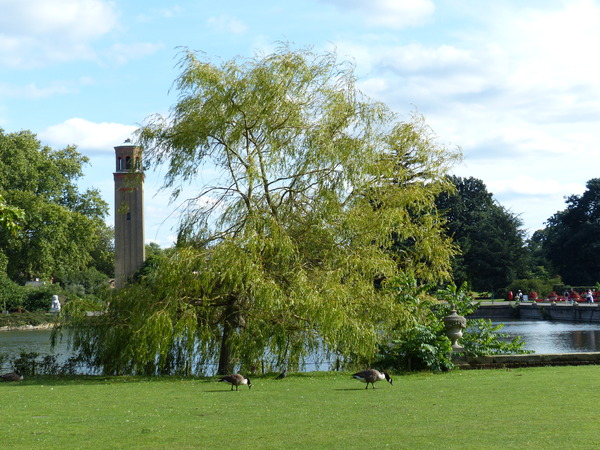
© Department of Life Sciences, University of Trieste
Andrea Moro
London Borough of Richmond upon Thames, Kew, Royal Botanic Gardens, Greater London, England, United Kingdom
19/08/2019
Distributed under CC BY-SA 4.0 license.
|

© Department of Life Sciences, University of Trieste
Andrea Moro
London Borough of Richmond upon Thames, Kew, Royal Botanic Gardens, Greater London, England, United Kingdom
19/08/2019
Distributed under CC BY-SA 4.0 license.
|
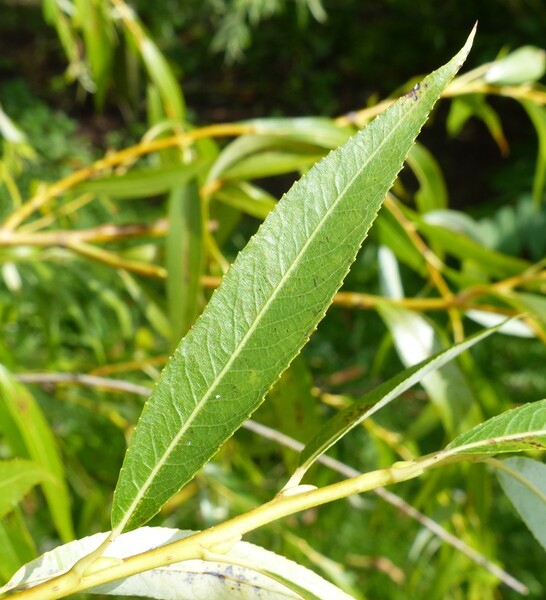
© Department of Life Sciences, University of Trieste
Andrea Moro
London Borough of Richmond upon Thames, Kew, Royal Botanic Gardens, Greater London, England, United Kingdom
19/08/2019
Distributed under CC BY-SA 4.0 license.
|
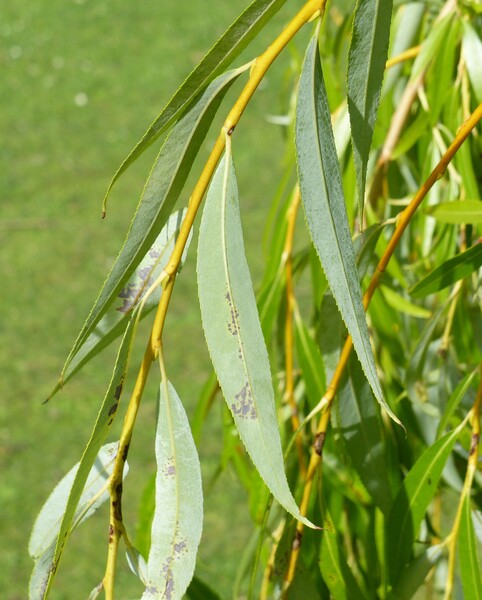
© Department of Life Sciences, University of Trieste
Andrea Moro
London Borough of Richmond upon Thames, Kew, Royal Botanic Gardens, Greater London, England, United Kingdom
19/08/2019
Distributed under CC BY-SA 4.0 license.
|
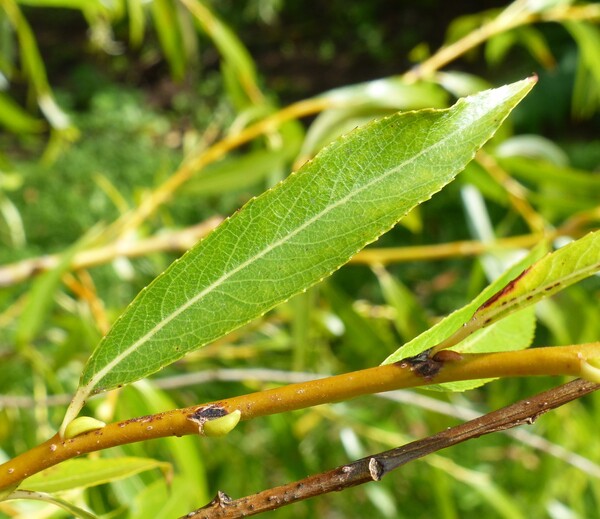
© Department of Life Sciences, University of Trieste
Andrea Moro
London Borough of Richmond upon Thames, Kew, Royal Botanic Gardens, Greater London, England, United Kingdom
19/08/2019
Distributed under CC BY-SA 4.0 license.
|
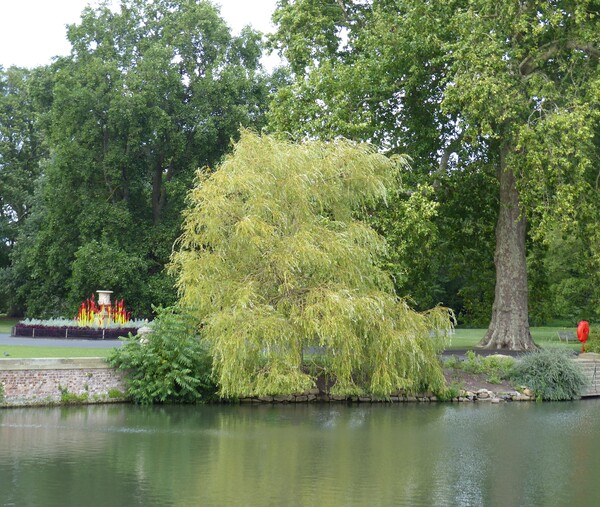
© Department of Life Sciences, University of Trieste
Andrea Moro
London Borough of Richmond upon Thames, Kew, Royal Botanic Gardens, Greater London, England, United Kingdom
19/08/2019
Distributed under CC BY-SA 4.0 license.
|
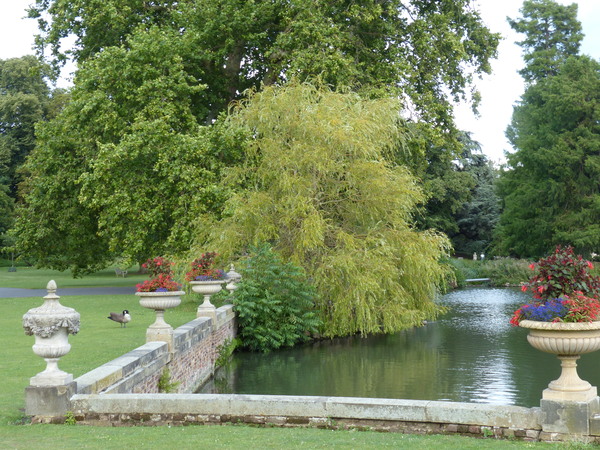
© Department of Life Sciences, University of Trieste
Andrea Moro
London Borough of Richmond upon Thames, Kew, Royal Botanic Gardens, Greater London, England, United Kingdom
19/08/2019
Distributed under CC BY-SA 4.0 license.
|
